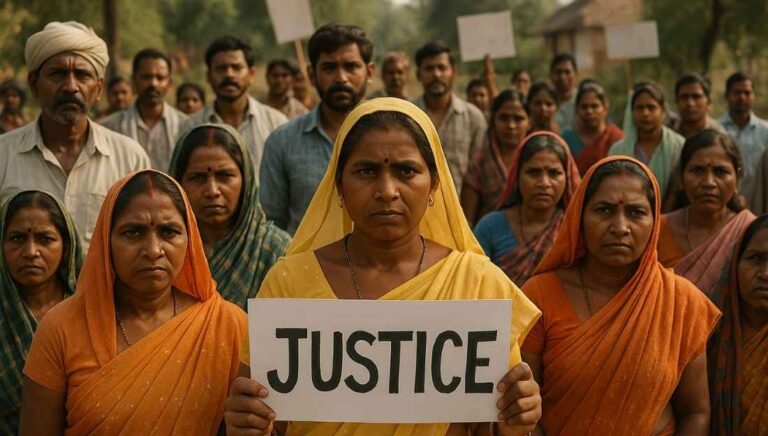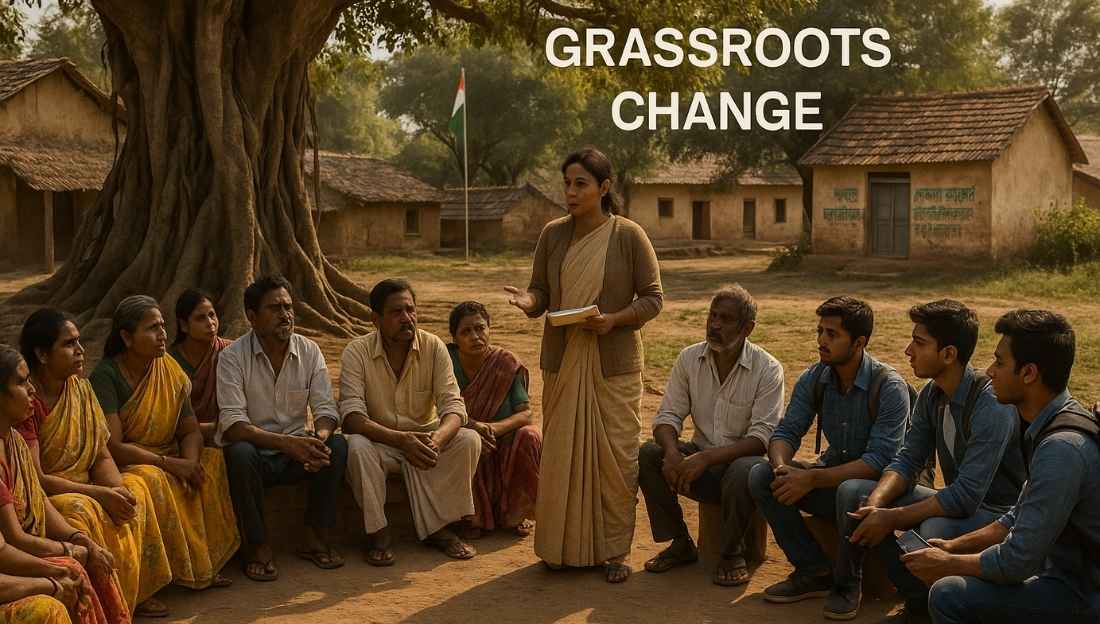New writings by Subroto Bagchi, Bela Bhatia, and Jayapadma R.V. have spotlighted the lived experiences of India’s marginalised communities. Their work has reignited discussion on inequality, informal work, and the growing importance of grassroots-led change.
Human Experiences as Development Signals
- Lived stories reveal social mobility, resilience and the impact of opportunities at the local level.
- Case studies like Nunaram Hansda and Muni Tigga show how individuals overcome structural barriers through skilling and support networks.

Persistent Systemic Barriers
- CIF consists of two major funds:
- Clean Technology Fund (CTF) – focuses on large-scale low-carbon technologies.
- Strategic Climate Fund (SCF) – supports broader climate resilience and sector-specific initiatives.
Local Leadership as Catalyst
- Teachers, health workers, panchayat leaders and field officials often innovate within limited resources.
- Their interventions enable last-mile service delivery and inspire community confidence.
Grassroots Skilling and Odisha’s Experience
- Bagchi’s 3,000 km rural journey reflects the importance of direct engagement in public policy.
- In a country where only 2% of youth are formally skilled, “nano-unicorns”—individuals who improve their lives through basic training—show how skilling can transform family economies.
- Odisha’s bottom-up skilling model demonstrates that localised design often outperforms one-size-fits-all approaches.
Inequalities Exposed Through Grassroots Narratives
- Bela Bhatia documents caste atrocities, bonded labour, and the lived trauma of Dalits and Adivasis.
- In conflict regions like Bastar, communities face both insurgent violence and state excesses.
- Gendered vulnerabilities—widowhood, trafficking, domestic violence—remain deeply embedded in tribal and rural India.
Role of Civil Society Organisations
- NGOs and CBOs develop alternative pathways of development based on dignity, participation and inclusion.
- Movements like MKSS (Right to Information), SEWA, Narmada Bachao Andolan, Niyamgiri Movement, and Kudumbashree show how grassroots activism shapes national laws and social attitudes.
- Grassroots innovations—community water management, digital literacy campaigns, local entrepreneurship—illustrate scalable development models.
Conclusion
Grassroots movements reveal that sustainable development grows from community experience, not just official policy. They expose inequality while offering practical models built on trust, participation and resilience. India’s future progress must integrate grassroots wisdom into mainstream governance to ensure justice and dignity for all.
This topic is available in detail on our main website.





